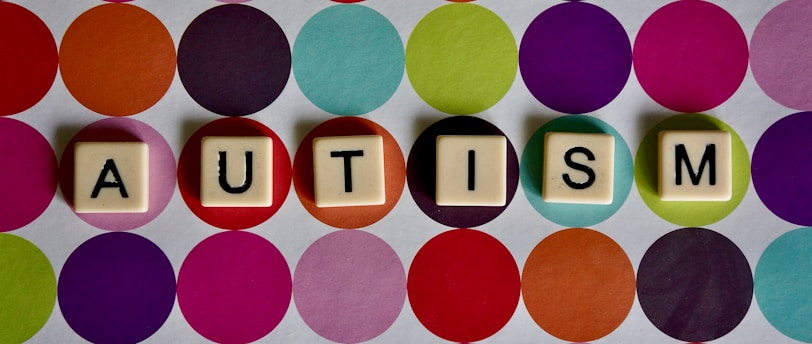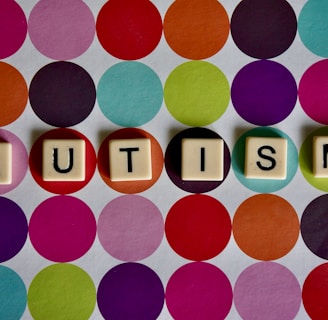A Bold New Frontier in Autism Therapy: From Home to Hope
HEALTHCARE


Bringing Physical Therapy for Autism at Home: Empowering Parents When Therapy Isn’t Accessible
For many families, the journey to secure effective therapy for a child with autism is fraught with challenges. Whether it’s due to financial constraints or living in areas where therapy centers simply aren’t available, countless parents are left feeling overwhelmed and alone. Your book—Physical Therapy for Autism at Home—is a beacon of hope that offers practical guidance and heartfelt support. This blog explores how home-based physical therapy can transform your child’s life, empower you as a caregiver, and ultimately, make a real difference when conventional options aren’t within reach.
Why Consider Home-Based Physical Therapy?
Breaking Down Barriers
Traditional therapy centers often come with high costs, long wait times, and the added stress of traveling. Home-based physical therapy eliminates these hurdles by providing a flexible, accessible alternative. It empowers parents to be actively involved in their child’s progress without the burden of extra expenses or the need to travel long distances.
Improving Motor Skills and Sensory Integration
Children on the autism spectrum frequently face challenges such as delayed motor development, balance issues, or sensory processing difficulties. Home therapy routines—adaptable to your living space—can include activities designed to boost gross and fine motor skills. Simple exercises like gentle stretching, guided movement games, or even playful obstacle courses can help your child build strength, coordination, and confidence.
Research from reputable sources, such as the National Institute of Child Health and Human Development, supports the idea that consistent, home-based exercise can enhance motor control and improve sensory integration. Over time, these improvements open doors to greater independence and richer participation in daily activities.
Fostering Independence and Confidence
The ultimate goal of physical therapy isn’t just better movement—it’s about empowering your child to engage with the world more fully. When your child experiences success with everyday tasks—like standing, reaching, or even playing with friends—it builds their self-esteem and nurtures a sense of independence. This growth isn’t just physical; it’s emotional too, creating a ripple effect that enhances social interactions and overall quality of life.
Practical Tips for Setting Up Home Therapy
Create a Dedicated, Safe Space
Even if space is limited, designate an area in your home as a “therapy zone.” This could be a cleared corner of the living room or a section of a bedroom. Keep the space safe and uncluttered, and fill it with familiar items—such as soft mats, lightweight balls, or favorite toys—that can double as therapeutic tools.
Start Small and Build Consistency
Begin with short sessions—perhaps 10 to 15 minutes—focusing on simple exercises from your book. Consistency is key. Over time, gradually increase the duration as your child becomes more comfortable with the routine. Remember, progress may be slow, but every small step counts.
Involve the Whole Family
One of the hidden benefits of home-based therapy is that it brings the family together. Whether you’re doing simple stretches or engaging in playful movement games, these activities can create moments of bonding and shared joy. Parents, siblings, and even grandparents can all play a part in encouraging and celebrating each milestone.
Use Your Book as a Roadmap
Your book is designed to be both a practical manual and a source of inspiration. Use the step-by-step guides, illustrations, and personal anecdotes to tailor exercises to your child’s unique needs. Adapt the routines based on what works best in your home environment, and don’t be afraid to tweak activities to keep them engaging and fun.
Emotional Support for Parents
Caring for a child with autism comes with many challenges—physically, emotionally, and mentally. It’s normal to feel a mix of hope and frustration along this journey. The beauty of home-based physical therapy is that it gives you direct control over your child’s development. Every time your child smiles through a challenging exercise or shows progress—even in the smallest way—it reaffirms that you are doing something right.
Be kind to yourself. Celebrate your efforts, and remember that you are not alone. Join online support groups, seek advice from professionals, and connect with other families who understand the struggles and triumphs of home therapy. These connections can provide the encouragement you need on tough days.
Conclusion
Home-based physical therapy for autism isn’t just a temporary fix—it’s a transformative approach that empowers families to overcome traditional barriers to care. By improving motor skills, enhancing sensory processing, and building confidence, you’re paving the way for your child to lead a more independent and fulfilling life. Your book is a testament to the resilience and resourcefulness of parents everywhere, and through it, you’re helping turn obstacles into opportunities.
Keep pushing forward, celebrate every victory, and remember: the power to change your child’s world is right there in your hands. Embrace this journey with hope, determination, and the knowledge that every step, no matter how small, brings you closer to a brighter future.
Together, we’re not just practicing physical therapy at home—we’re building a foundation for lifelong growth and success.


